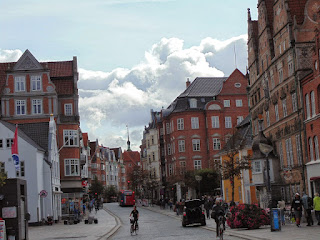Technological inventions

Power meter device for cyclists Intensity load monitoring in cycling has changed in recent years. Previously, cyclists were limited to heart rate and speed monitoring, but the introduction of power meters, which measure the power output, has improved the analysis of cycling performance. Power output measurements are not affected by wind, gradient of the road or natural biological variation, and as a result, power meters have become an important training tool in cycling. Traditionally, power has been measured at the crankset, which is also the employed method by the most used power meter device, SRM. That is why, A power meter device was developed by placing a PolyPower force sensor in between two aluminium plates. The device was mounted in between a cycling shoe and cleat and was compared to a Monark ergometer. Origin: Aalborg, Denmark Author: Aalborg University Manufacture: School of Medicine and Health, Aalborg University, 9220 Aalborg East






